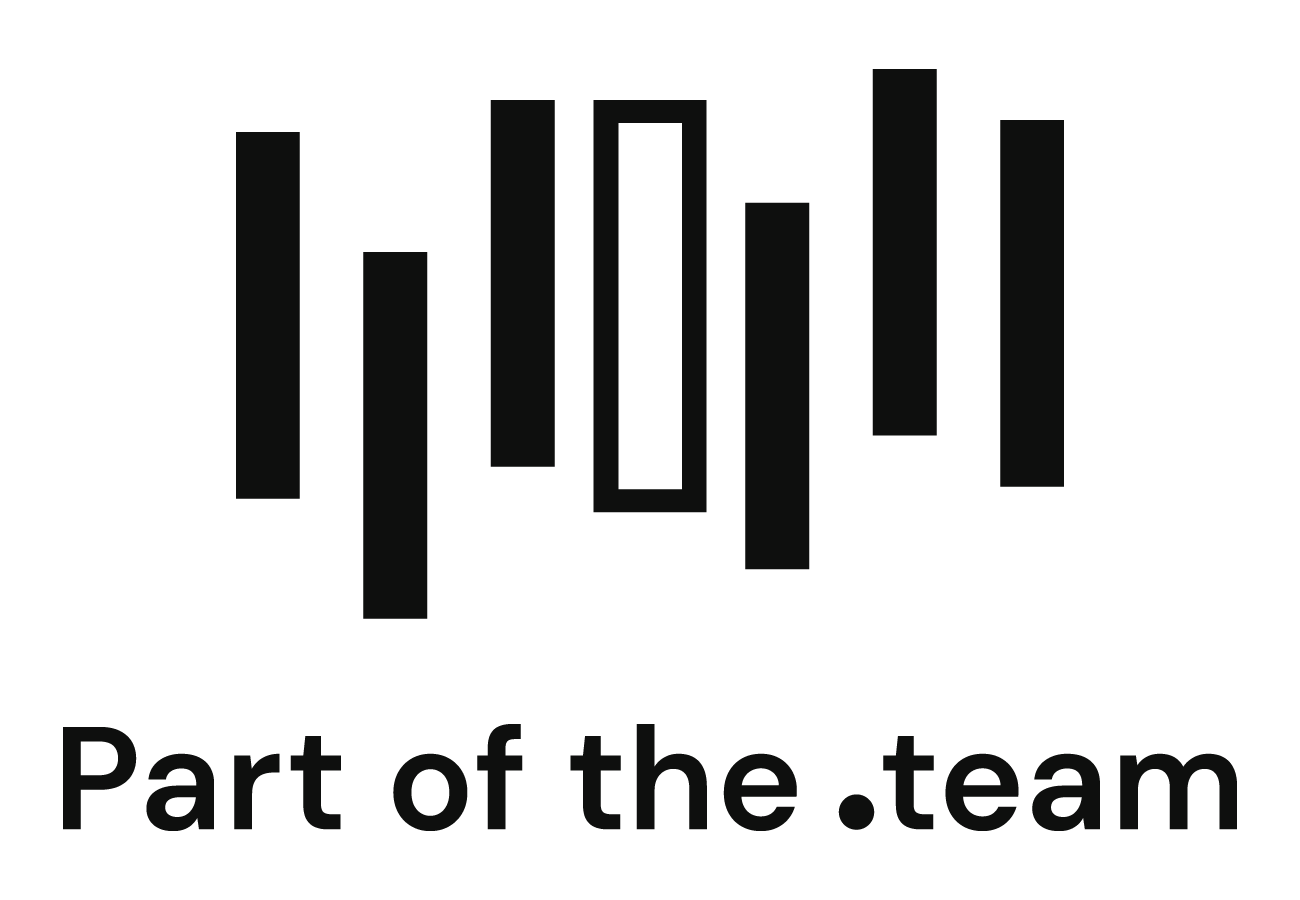How stable is your workforce?
At the beginning of 2023 70% of Gen Z and Millenials planned to change their job in the new year. The chances are it’s likely to happen again in 2024, if you’ve had to tighten your belts as far as pay raises and promotions are concerned. And if you’re a company fortunate enough to be able to pay bonuses this year, watch out for the post bonus lull when the ‘false handcuffs’ are taken off.
Key signs
So spotting signs that a staff member might be considering resigning is important for proactive management and retention efforts. Keep in mind that these signs are not definitive, and individual circumstances may vary. Nevertheless, here are some common indicators that an employee might be thinking about resigning (or alternatively they could be suffering from or mental health issues and you’ll need to deal with those accordingly):
Change in Behavior:
- Dissatisfaction: A sudden shift in attitude or decreased enthusiasm for work may indicate dissatisfaction.
- Withdrawal: A noticeable withdrawal from team activities, social events, or work discussions may signal disengagement.
Performance Changes:
- Decreased Productivity: A decline in work output or quality could be a sign of reduced motivation or interest.
- Missed Deadlines: If an employee who used to meet deadlines starts to consistently miss them, it could be a red flag.
Personal Appearance and Habits:
- Carelessness: A decline in personal grooming or a noticeable decrease in attention to appearance and workspace organization.
- Punctuality: Frequent lateness or a change in punctuality can indicate a lack of commitment.
Social Signals:
- Isolation: A sudden withdrawal from workplace social interactions or a reluctance to participate in team activities.
- Change in Relationships: If an employee’s relationships with colleagues or supervisors become strained, it could be a sign of discontent.
Communication Patterns:
- Decreased Communication: A decline in open communication, participation in meetings, or contribution to discussions.
- Avoidance: Avoidance of conversations about career development, future projects, or long-term plans.
Job-Related Changes:
- Seeking New Opportunities: Expressing interest in other job opportunities, attending job fairs, or updating their LinkedIn profile.
- Asking about Policies: Questions about resignation procedures, benefits, or policies may indicate consideration of leaving.
Emotional Signals:
- Expressed Frustration: Vocalizing frustration with aspects of the job, colleagues, or the organization. As a manager, not be aligned with company procedures or objectives.
- Lack of Initiative: A noticeable lack of initiative or reluctance to take on new challenges.
Health Issues:
- Increased Sick Leave: Frequent use of sick leave or unexplained absences may indicate personal or job-related issues.
Development and Training:
- Lack of Interest in Development: A sudden disinterest in training or developmental opportunities (for themselves or their team) may suggest a lack of commitment to the current role.
Of course, It’s crucial to approach these signs with sensitivity and professionalism. If you notice these indicators, consider having an open and honest conversation, to understand their concerns and explore possible solutions. Addressing issues early on can sometimes help in retaining valuable team members.
Three crucial questions to spot the signs
Knowing how to start in these difficult conversations can be tough, so you might find these three effective but subtle questions useful to use (after you found a private quiet space and put the team member at ease):
Feedback on Work Environment:
- “How do you feel about the current work environment and team dynamics?”
- This question can help uncover any issues related to the workplace culture or team dynamics. If the employee expresses concerns or discomfort, it’s an opportunity to address and potentially resolve issues before they escalate.
Career Aspirations and Development:
- “Can you share your long-term career goals and aspirations with me?”
- This question allows the employee to express their ambitions. If their goals align with the current role and the organization can support their growth, it may increase their commitment. If their goals seem incompatible, it could indicate a potential desire to explore new opportunities.
Job Satisfaction and Challenges:
- “What aspects of your role do you find most fulfilling, and are there any challenges you’re currently facing?”
- By understanding what aspects of the job bring satisfaction and what challenges they perceive, you can gain insights into their overall job satisfaction. If the challenges seem significant and persistent, it’s worth exploring ways to address them proactively.
Remember, the goal is not to pry into personal matters but to foster open communication and address any concerns the employee may have. Additionally, it’s crucial to create an environment where employees feel comfortable sharing their thoughts without fear of negative consequences. Regular check-ins and open communication can contribute to a positive work culture and may help prevent issues that could lead to an employee considering resignation.
Then what?
And if these bring the issue to the surface and solidifies a person’s potential desire to resign, at least you know where you stand and you can respond accordingly. People management can be tough, so that’s a good time to consider an alternative staffing option, or just offer more support to your team with extra support. Chat to Part of the .Team and we’ll find the best solution for you.


